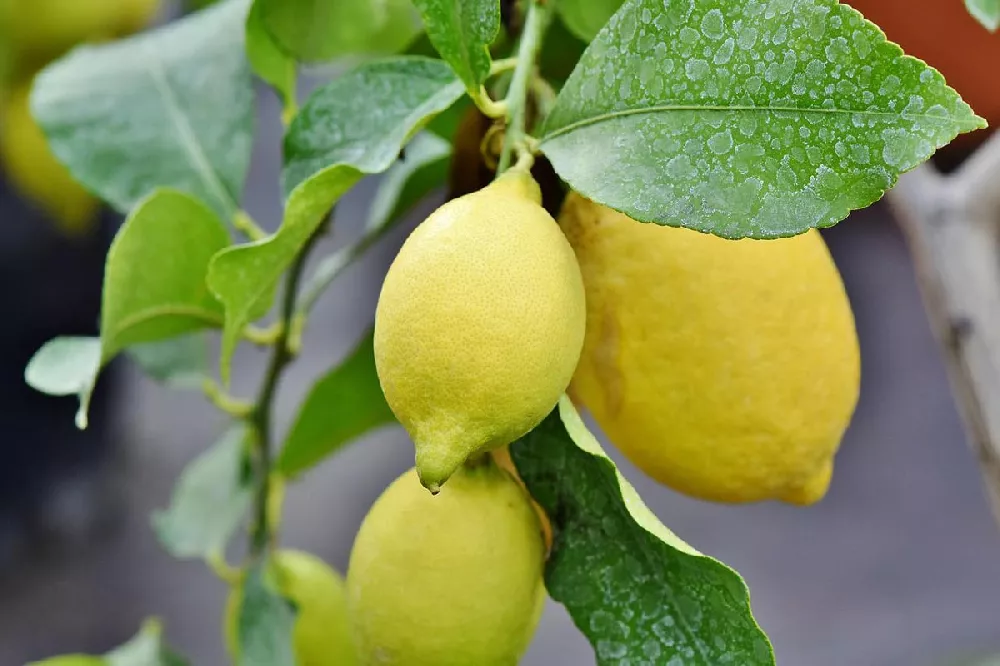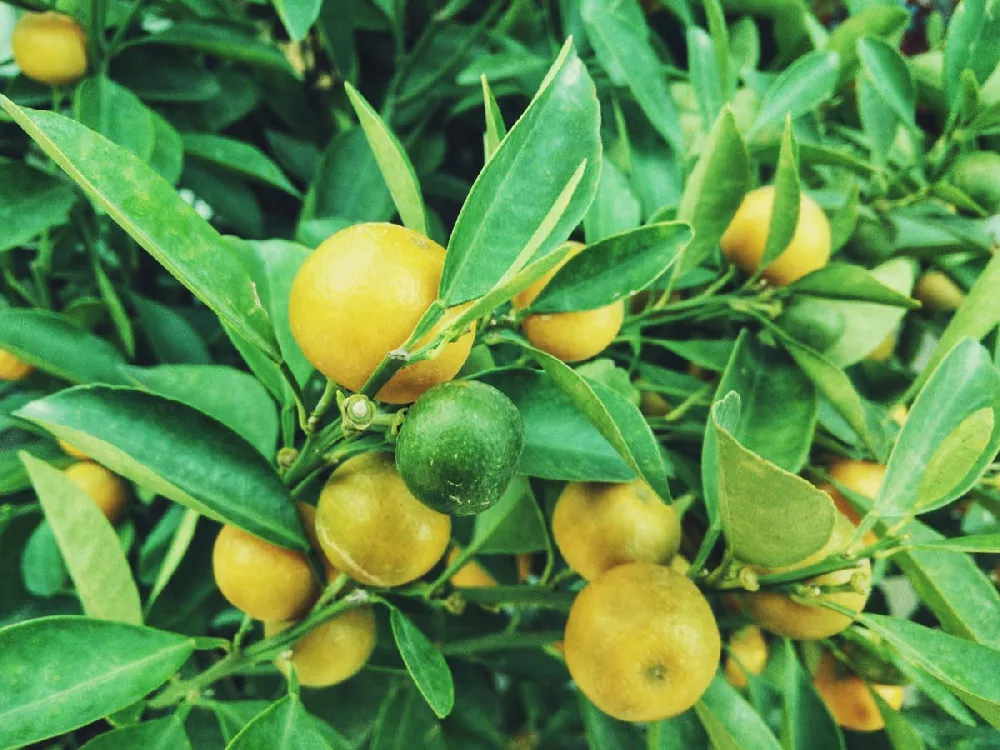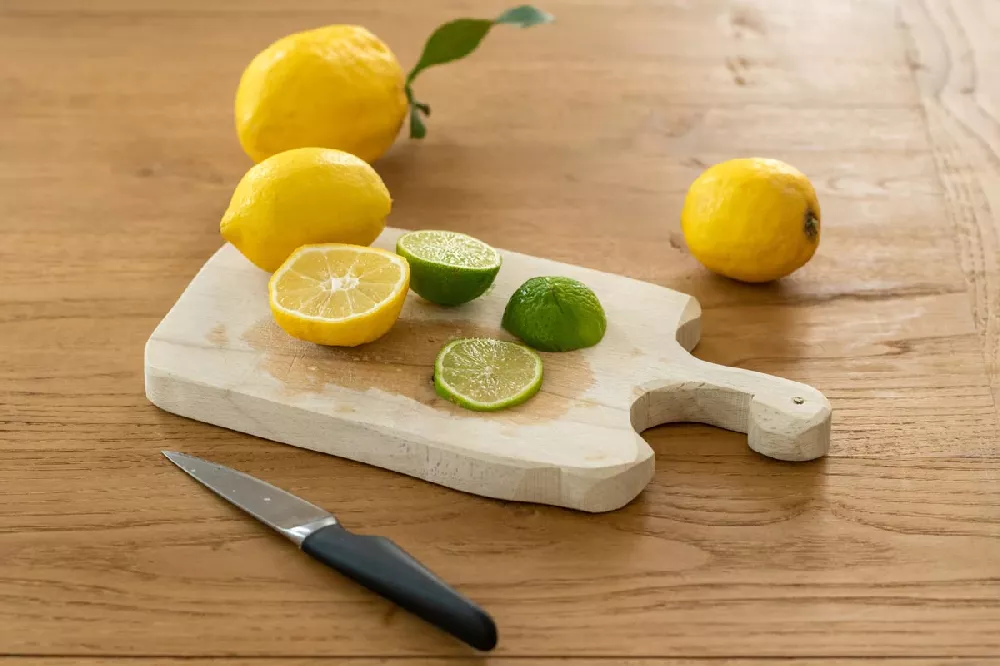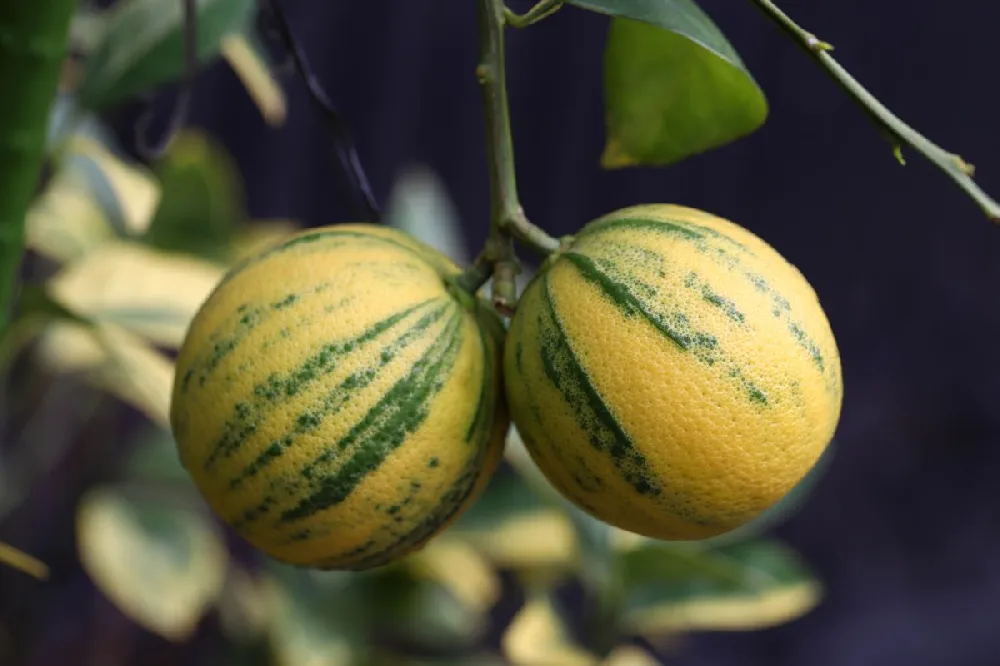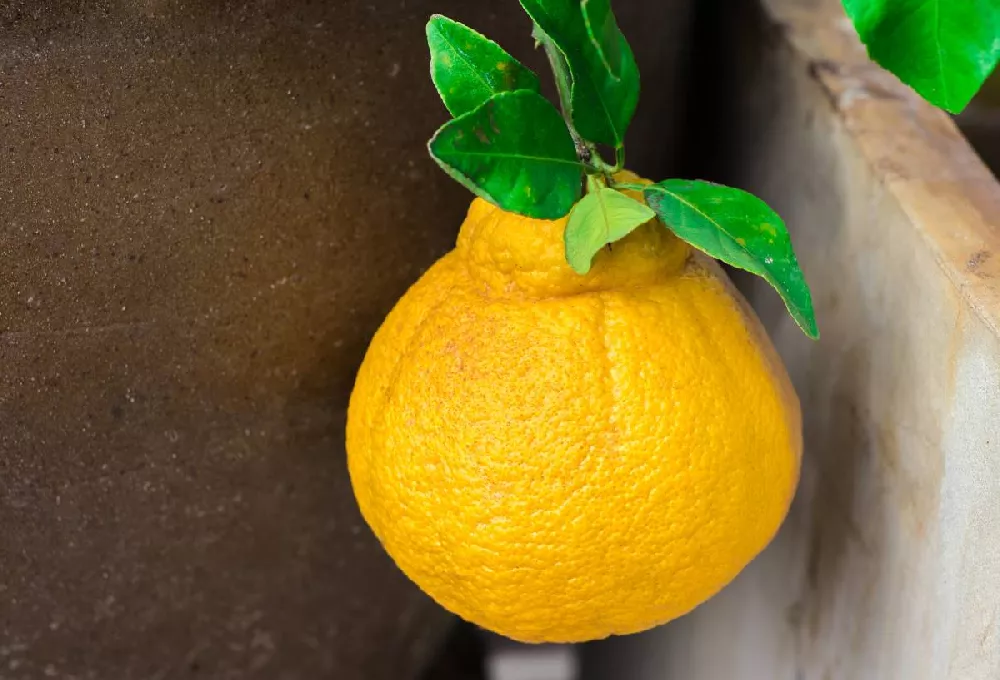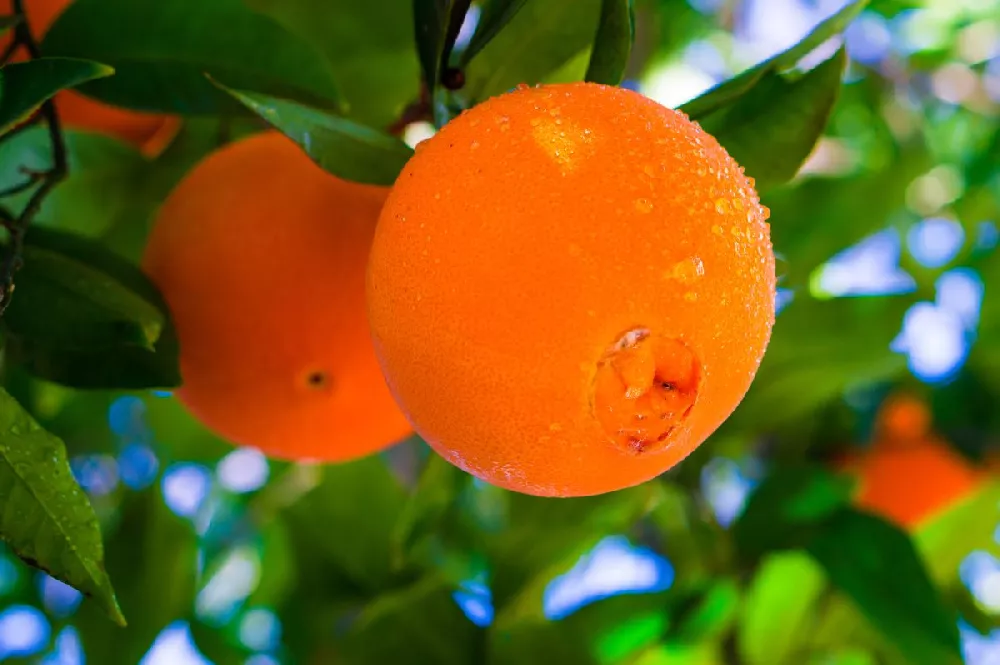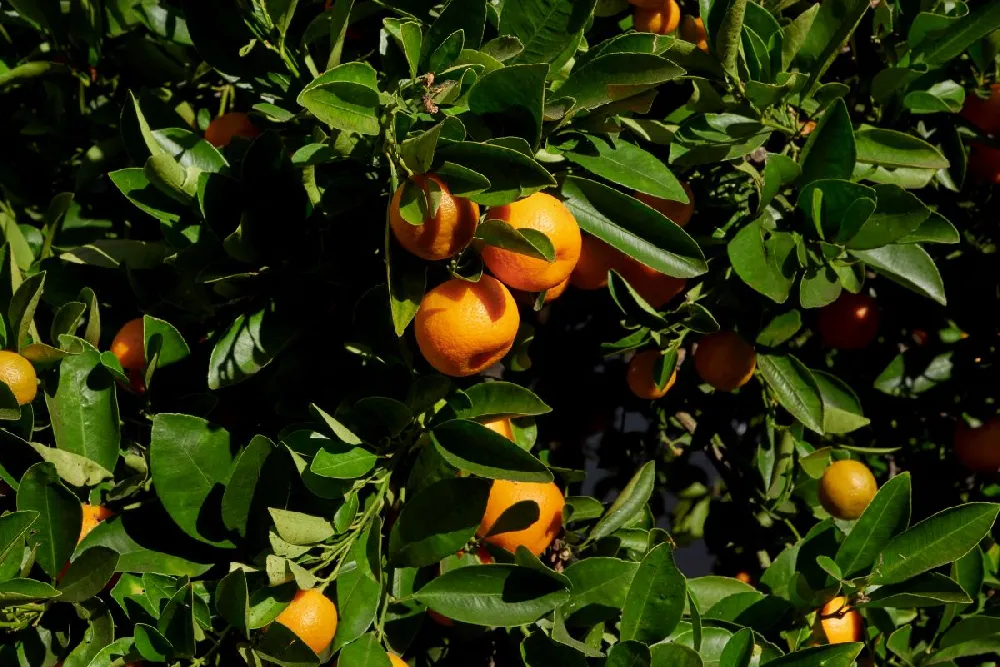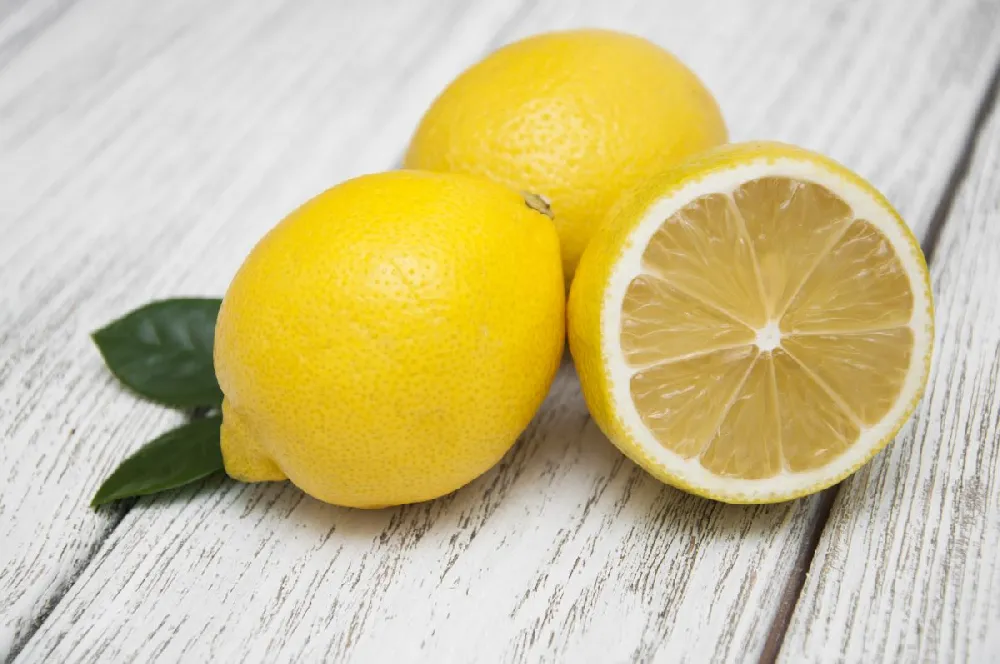- Home >
- Ornamental Plants >
- Lemon Lime Citrus Tree
Lemon Lime Citrus Tree for Sale - Buying & Growing Guide
- Ships in 1-2 days
- 1-Year Warranty Eligible
- Pots or accessories are not included unless specified in the product options.
Shipping Details:
Products shipped through FastGrowingTrees.com. Once your order is shipped, you’ll receive an email with a tracking number and estimated delivery date. Most orders will ship immediately.
Growing a lemon lime citrus tree is like taking advantage of the best 2-for-1 sale ever. In one pot, you have both a Meyer lemon tree, Citrus x limon, and a Key lime tree, Citrus x aurantifolia. Growing together, these trees give you a bounty of fresh citrus fruit for cooking and eating while also providing a handsome focal point for your garden or living room. If you live in the colder northern states, this tree does as well in a large container as it does growing in your garden outside. And if your space is limited and you want to get the most bang for your buck in your garden, the lemon lime citrus tree is a great way to go. Here are a few other reasons why you should add one to your landscape:
- This tree is self-fertile, meaning you'll have a harvest even if you only have one tree.
- The lemon lime citrus tree is hardy for in-ground growing throughout the south and for container growing throughout the northern states.
- It can be pruned to a manageable size for easy indoor growth.
Plant Care
Sunlight

Lemon lime citrus trees do best when they have full sun — at least six hours of direct light a day.
Watering
Water your lemon lime citrus tree whenever the soil 3 inches below the surface is dry.
Fertilizing

Feed your tree with a balanced, slow-release product that is formulated for citrus trees.
Planting and Care
Planting instructions
If planting outside, choose a site for your lemon lime citrus tree that has full sun and well-draining soil. Unpot your tree, and tease out any encircling roots, which can girdle the tree and slowly kill it. Dig a hole that’s as deep as the root ball and twice as wide. Place the tree in it, spreading out the roots. While holding it upright and steady, fill in around it with topsoil, tamping down as you go to eliminate air pockets. Water thoroughly. Apply a 2- to 3-inch layer of an organic mulch, such as bark chips, to conserve moisture and hinder weed growth.
Watering and nutrients
When newly-planted, your lemon lime citrus tree will need watering several times a week. Once you see robust new growth showing, you can taper back to once a week. A mature tree needs water when the soil 3 inches below the surface is dry. Fertilize in spring with a slow-release, balanced product that is designed for citrus trees.
Pollination
The lemon lime citrus tree is monoecious, meaning that male and female reproductive organs are on the same plant. That means you can have a harvest even if you only have one tree. You may reap a larger harvest, however, with multiple trees. If your lemon lime citrus tree lives indoors, away from the insects that usually pollinate these trees, you can hand-pollinate it. Simply take a small paint brush or cotton swab and rub it over the center of a flower. Continue to do the same with the other flowers without cleaning off the paintbrush.
Pruning
Prune your lemon lime citrus tree to control the height and shape if you wish. Late winter is the best time to do this. Also monitor your tree for any broken, diseased, or dead branches and trim these off whenever you see them. Try to prune back to the adjoining branch, cutting just above the branch collar.
Pests, diseases, and animals
Common pests of the lemon lime citrus tree include mealybugs, citrus scale insects, and aphids. Remove leaves or branches that are infested. For indoor plants, wipe down the leaves regularly to keep infestations away. Horticultural oil can be used for stubborn pests. Diseases that may target your citrus tree include citrus canker and botrytis, which is a fungal disease that occurs during particularly wet seasons. A fungicide can help control it.
Harvesting
You will be able to harvest Meyer lemons and Key limes from your tree, though they may not both ripen at the same time. The lemons are ripe when the rind is glossy and a bright yellow. Limes, meanwhile, will have a green rind and have some give when squeezed. They are both best picked by hand, and should be stored in a cool place afterwards.
Achieving maximum results
Growing your lemon lime citrus tree in a container couldn’t be easier. Choose a container that is roughly twice the size of the tree’s root ball, with good drainage in the bottom. Plant your tree in a good-quality potting mix, watering after planting until water starts seeping out the drainage holes. You can place your tree outside in a sunny location during the summer months; bring it back inside when frost threatens. Container-grown plants tend to need more supplemental watering than those grown in the ground. Be sure to feed your tree regularly too. Occasionally wipe down the leaves to remove insects and dust, and follow that up by misting the leaves lightly.
FAQs
Where can I grow a lemon lime citrus tree outside?
How big does a lemon lime citrus tree get?
These are fairly small trees, topping out at about 8 feet in height, with a spread of 6 to 8 feet. They can be kept shorter, however, by careful pruning each year, which should allow you to control both the height and the shape and keep your tree to a more manageable 5 or 6 feet.
Are the lemons and limes edible?
Yes! You may use the fruit of the lemon lime citrus tree in any recipe that calls for lemons or limes. Meyer lemons are a bit sweeter than regular lemons, but they make perfect lemonade and can be used in cooking. Key limes are famous for their presence in Key lime pie, and they can also be used in beverages, desserts, and other recipes.
Compare Similar Products
You can't add more Product Name - Product size to the cart.
OK